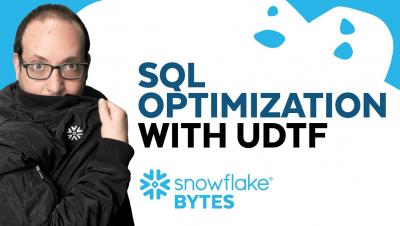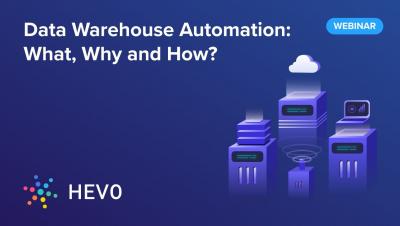Updates from Bugfender, Q1 2022
In June, more than 200,000 people will gather at one of the most emblematic festivals in Barcelona: Primavera Sound. In addition to pleasing the visitors (which is easy considering the line-up), the organizers must ensure that the sound levels do not disturb the neighbors in the area, something complicated considering it is an open-air festival. That’s where EmmaDB comes in.











